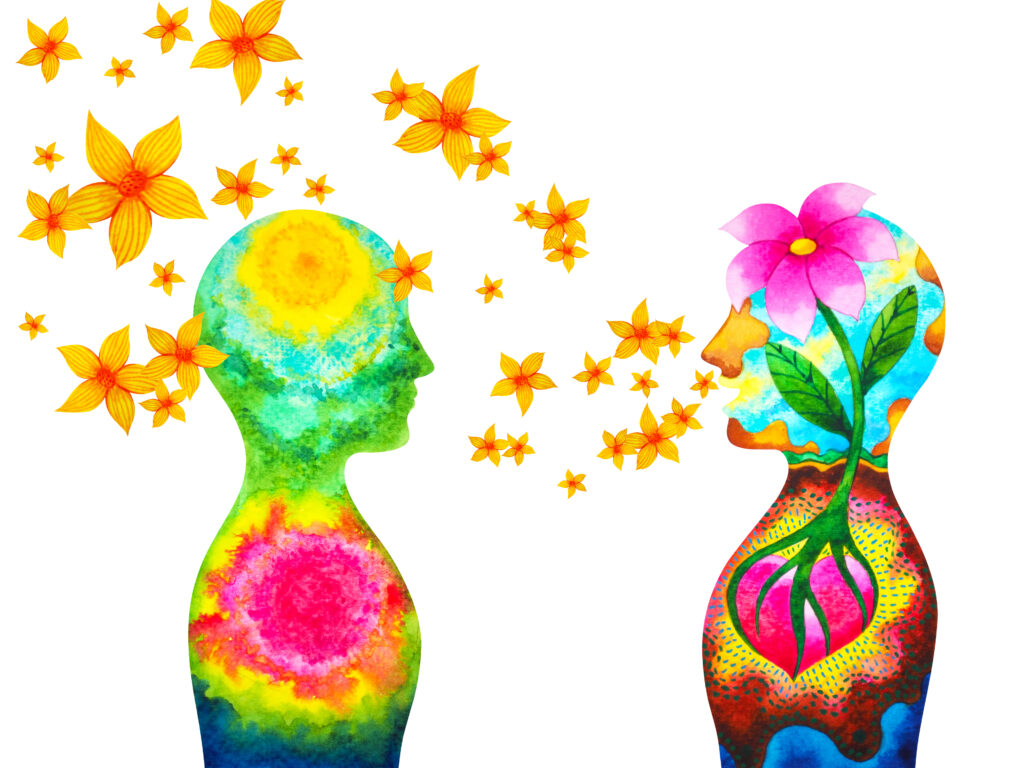As promised in last week’s video, this week I want to get really practical. In this blog you will find some tools and techniques that can help you evelbate your communication skills. The goal being better collaboration, better outcomes, AND finding and using your own unique voice.
Active Listening
Effective communication starts with active listening. When we really listen to others, we show respect, gain valuable insights, and understanding. Practice active listening by maintaining eye contact, nodding or using other nonverbal cues to show engagement, and asking open-ended questions to encourage the other person to keep talking. Communication is a two-way street, and active listening is the foundation for meaningful conversations.
Mindful Communication
Mindfulness can play an important role in effective communication. It involves being fully present in the moment and aware of your thoughts, emotions, and body language. You can use mindfulness in communication by taking a deep breath before speaking, observing your thoughts without judgment, and responding rather than reacting. Mindful communication allows you to express yourself authentically while fostering a deeper connection with others.
Nonviolent Communication (NVC)
Nonviolent Communication (created by Marshall Rosenberg) provides a framework for compassionate and empathetic communication. It involves expressing ourselves honestly while also considering the needs and feelings of others. Practice NVC by using “I” statements, acknowledging others’ perspectives, and seeking win-win solutions in conflicts.
Body Language and Vocal Techniques
Body language and vocal tone can significantly impact how your message is received by others. Pay attention to your posture, facial expressions, and gestures to convey confidence and openness. Experiment with things such as varying your tone, volume, and pace to add emphasis and convey your emotions effectively. use your body and voice to amplify your message while being true to your unique self.
Storytelling
You KNOW this is one of my favorites!!
Storytelling is a powerful tool for capturing people’s attention in a memorable way. You need to build a compelling narrative that connect with your audience on an emotional level. Use vivid imagery, relatable characters, and a clear structure to engage listeners and make your message resonate. Use storytelling everywhere…presentations, meetings, conversations, pitches, one-on-one meetings with your team.
What’s Next?
Effective communication is an ongoing practice, so you will need to keep refining your skills and seeking opportunities to communicate authentically. Next week I’ll talk a bit more about the power of confidence and self-belief in amplifying your voice.
In the meantime, if you need help using these tools or any other part of crafting your own unique voice, reach out to me at leah@leahfarmercoaching.com for more help!
